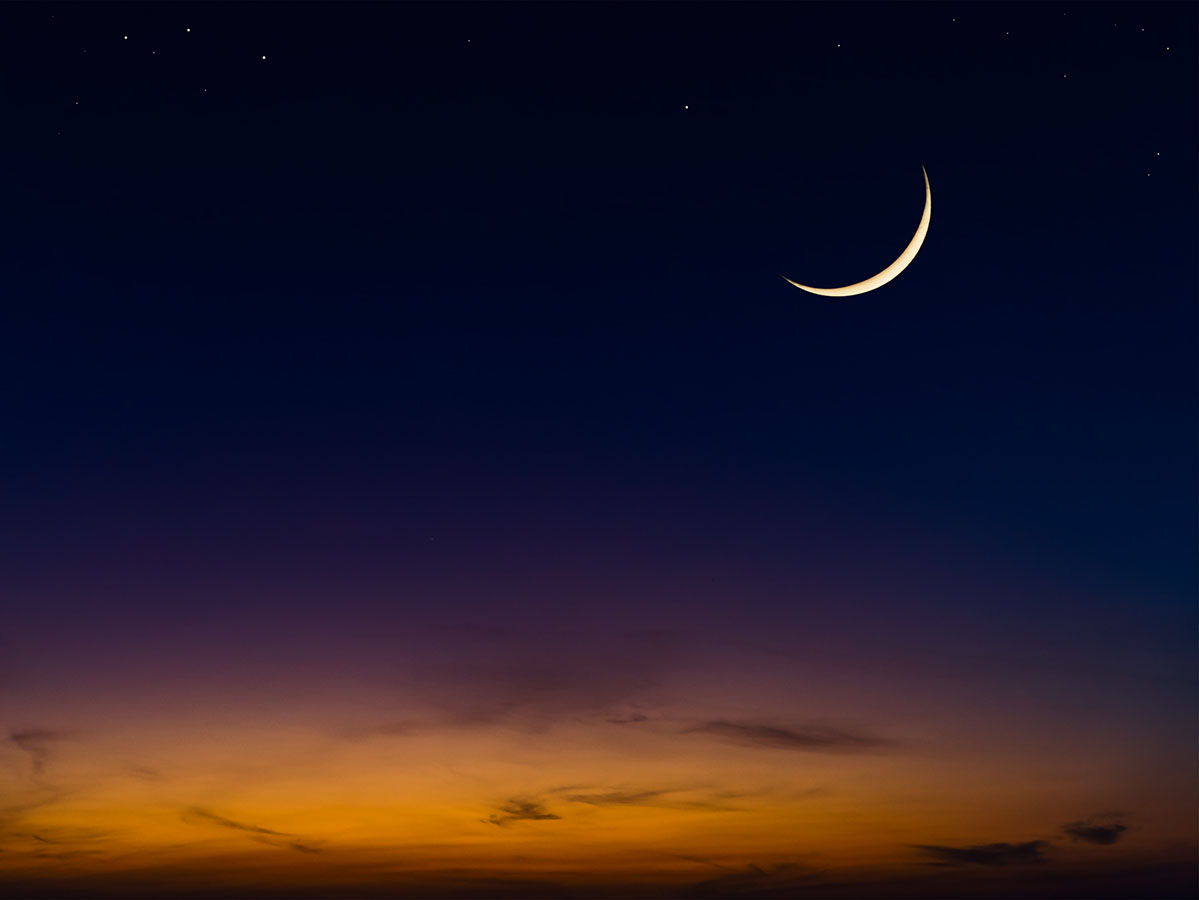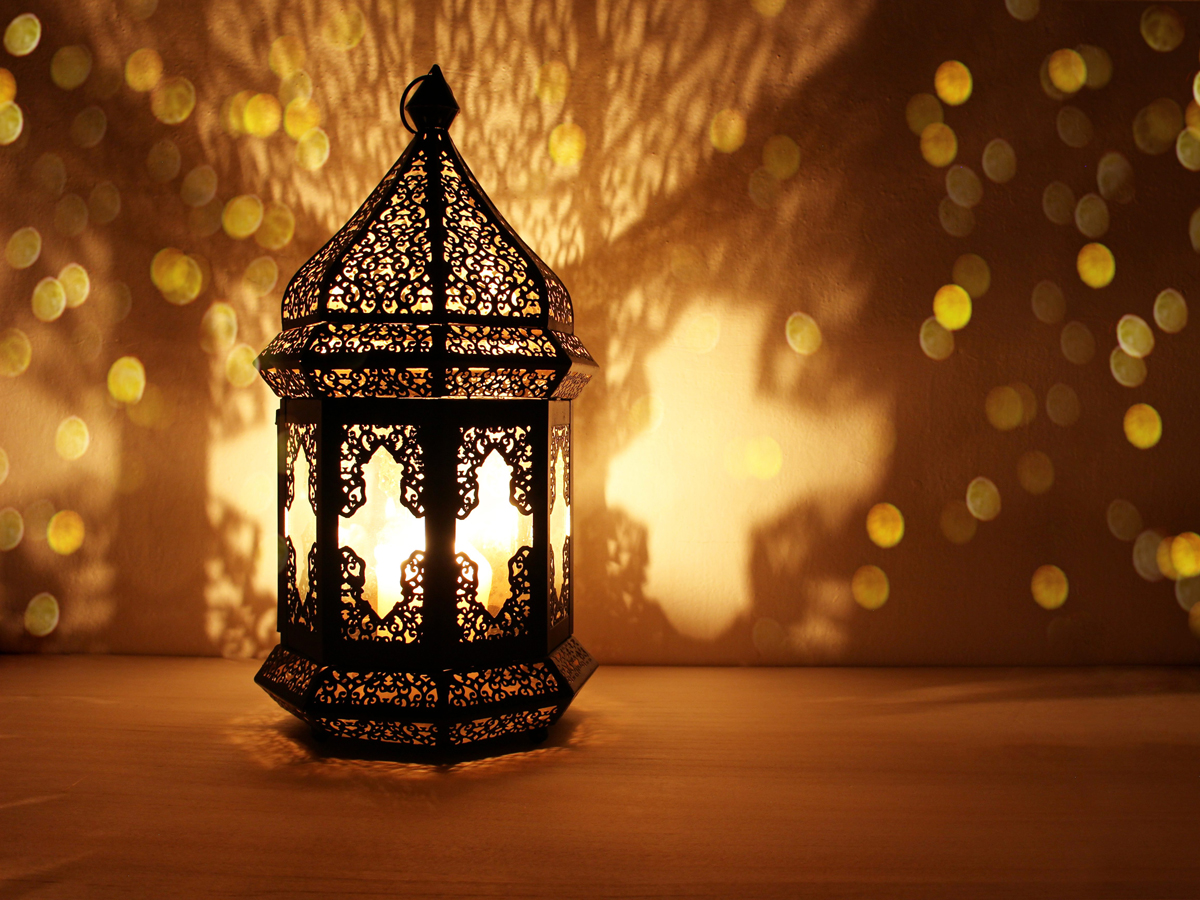We all know the classic ‘wonders of the world’. They’re the sights you find plastered across postcards and guidebooks. Places like the Louvre, the Met or Buckingham Palace, Rio’s Christ the Redeemer, Venice’s St. Mark’s Square or the Great Pyramid of Giza. These spots are all great, astonishing and eye-opening for first-time visitors – there’s no denying that – but aren’t they also a little old hat?
Instead of traipsing the tourist trail, you might want to visit somewhere a little less crowded. Somewhere different. Somewhere weird. But somewhere that’s equally striking, in its own empty and different and weird way. So we decided to create our own list of the world’s greatest alternative cultural wonders, based on the opinions of our local editors and experts from some of the globe’s most respected cultural institutions.
We went to our colleagues and curators at places like Venice’s La Fenice, Bilbao’s Guggenheim and New Delhi’s Nature Morte to ask them about the places that really take them aback. These people know how to spot a cultural wonder like no one else, and the suggestions they came up with range from hidden theatres and abandoned airports to stunning stained glass and a water supply plant-turned-wildlife haven.
Planning a big trip for 2022? Read on to discover 13 incredible attractions that you could weave into your next horizon-expanding travel itinerary.
District Six and District Six Museum, Cape Town

Steeped in culture and heritage, this inner-city Cape Town area is a reminder of the results of forced removals during apartheid South Africa. It was originally founded in 1867 as a community of freed slaves, merchants, artisans, labourers and migrants. Today, visitors can learn more about the rich and diverse history of the area and the resilience of its people at the District Six Museum, a landmark of social justice consciousness and community-led memorialisation and commemoration. —Koyo Kouoh, executive director and chief curator at Zeitz Museum of Contemporary Art Africa, Cape Town
Seonyudo Park, Seoul

Seonyudo Park was a small mountain peak located in the middle of the Hangang River, a place beloved by artists and poets for its striking scenery. However, during the Japanese colonial period, the peak lost its original form, and was used as a water purification plant to supply tap water to the southwestern part of Seoul from 1978 to 2000. Later, the peak was regenerated as an ecological park, designed by architect Jo Seung Ryong. Opened to the public in 2002, Seonyudo Park holds a range of attractions including a glasshouse where various fauna are housed and concrete tanks, left over from the plant, that now form small ponds for lotus leaves and other greenery. —Jihoi Lee, curator at National Museum of Modern and Contemporary Art, Seoul
Palacio de Cristal, Madrid

In the middle of the idyllic El Retiro Park stands a spectacular iron-and-glass building: the Palacio de Cristal, a magnificent 1887 structure that served as a huge showcase of tropical plants during an exposition that same year. Built by architect Ricardo Velázquez Bosco and inspired by the Crystal Palace in London, it is currently an outpost of Madrid’s Reina Sofía Museum and hosts free temporary exhibitions throughout the year. The setting could not be more romantic, surrounded as it is by chestnut trees and lulled by the murmur of the fountains of the artificial lake next to it. If you look closely at the walls you’ll be able to see the small friezes by ceramicist Daniel Zuloaga. —Marta Bac, Time Out Madrid
Panorâmico de Monsanto, Lisbon
Panorâmico de Monsanto is Lisbon’s most magical viewpoint. Perched on one of the highest points of the city’s huge Monsanto park, it’s functioned as a luxury restaurant, bingo, club, office building and warehouse over the years. It was then abandoned and became a popular hangout among street artists. Nowadays, it’s a place to admire the beauty of the city and river, while exploring all the remarkable art on the walls (along with the huge stained-glass work by local artist AKACORLEONE). —Vera Moura, Time Out Lisbon
Sir John Soane’s Museum, London

Sir John Soane’s London house is full of dead things. I mean, full. The architect, who was responsible for the Bank of England, Dulwich Picture Gallery and many other significant commissions, made his own home a strange and delirious living museum of the dead, with a ‘sepulchral chamber’ containing a sarcophagus in the cellar, statues of the dead, paintings of ruins. It’s not morbid, or gloomy or gothic. It’s an artful balance of light and shade, colour and blackness: a dreamspace. —Chris Waywell, Time Out London
Belgo Building, Montreal

This six-storey brick-and-limestone building on a stretch of Sainte-Catherine Street West in Downtown Montreal began its life as a department store. Today, it houses 27 art galleries, artist’s studios and dance studios. The largest complex dedicated to contemporary art galleries in Canada, it’s free to the public and keeps Montrealers’ fingers on the pulse of the art world. Make sure to visit during the city’s annual Nuit Blanche festivities, when the building’s occupants keep their studios open late into the night (plus host the odd boozy party). —JP Karwacki, Time Out Montreal.
Tempelhof Airport, Berlin

Come here to enjoy two wonders in one. If you love both art and open-air games, the former airport of Tempelhof in Berlin is the place for you. By playing crazy golf there you become part of an interactive art installation designed by international artists. The 18-hole course is real fun, as some holes fire your ball onto tricksy little mechanisms. Fire, water, sound and movement: an experience not to be missed, as long as the weather holds up. —Dr Dieter Scholz, curator at Neue Nationalgalerie, Berlin
City Reliquary, New York

While other museums might take you through the history of NYC via historic documents, photographs and priceless artefacts, City Reliquary takes a far more eclectic approach to exploring this city’s fascinating past. The permanent collection includes all sorts of weird ephemera like old postcards, a vintage subway turnstile and glasses that once held seltzer water. Special exhibits focus on specific NYC staples, like a display on the Jewish men and women who made a living selling beloved Eastern European street food knish. —Will Gleason, Time Out New York
Teatro Malibran, Venice

Teatro Malibran is an opera house that opened in 1678. It immediately became known as ‘the largest, most beautiful and richest theatre in the city’, and grew in prominence throughout the seventeenth and eighteenth centuries. However, this was short-lived, with opera rarely performed there from 1751 to 1800. On April 8, 1835, when famed soprano Maria Malibran arrived to perform there, she was visibly upset with the state of the once-sumptuous theatre, and offered up money to help renovate it. These days, it’s hidden in plain sight, just by the Rialto Bridge. —Fortunato Ortombina, artistic director of La Fenice, Venice
Elorrio, Basque Country

Around 40 minutes by car from Bilbao, Elorrio is one of the most beautiful old towns in Bizkaia. Wander through its streets and you’ll be whisked off to centuries past, through beautiful palaces and manors from the seventeenth and eighteenth centuries, such as Palacio Zearsolo ‘Casa Jara’ and the Baroque Tola Palace, and the Basilica of the Immaculate Conception of Mary, whose construction started in the fifteenth century. —Lucía Agirre, curator at Guggenheim Museum, Bilbao
Burggarten Park, Vienna

There are few pleasures greater than meeting your friends for a relaxing picnic in the beautiful Burggarten Park, which is part of the Hofburg Palace. Here you’ll meet the white imperial Lipizzaner horses on their daily summer trots around the green. It’s a favourite of Viennese youth in summer, but this green oasis deserves to be discovered by all (though we doubt the locals would be into that). —Clemens Unterreiner, baritone and soloist at Vienna State Opera









